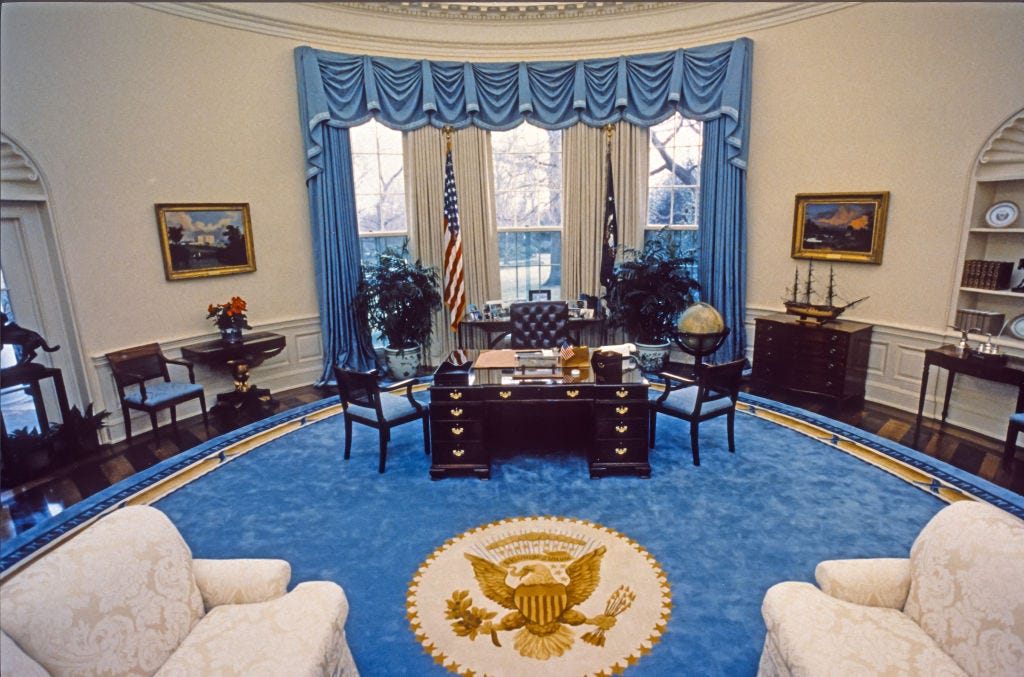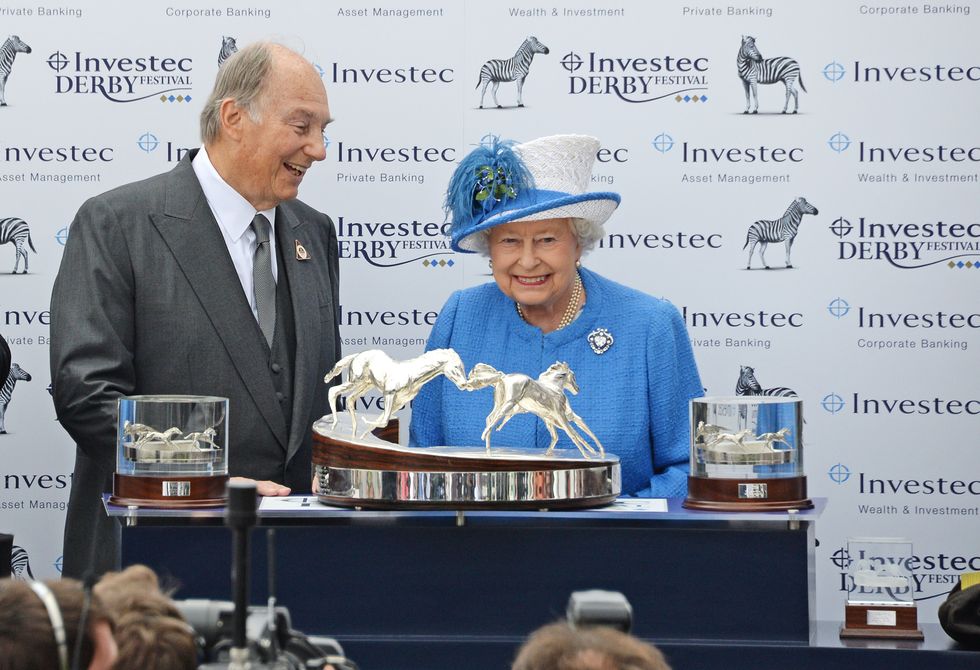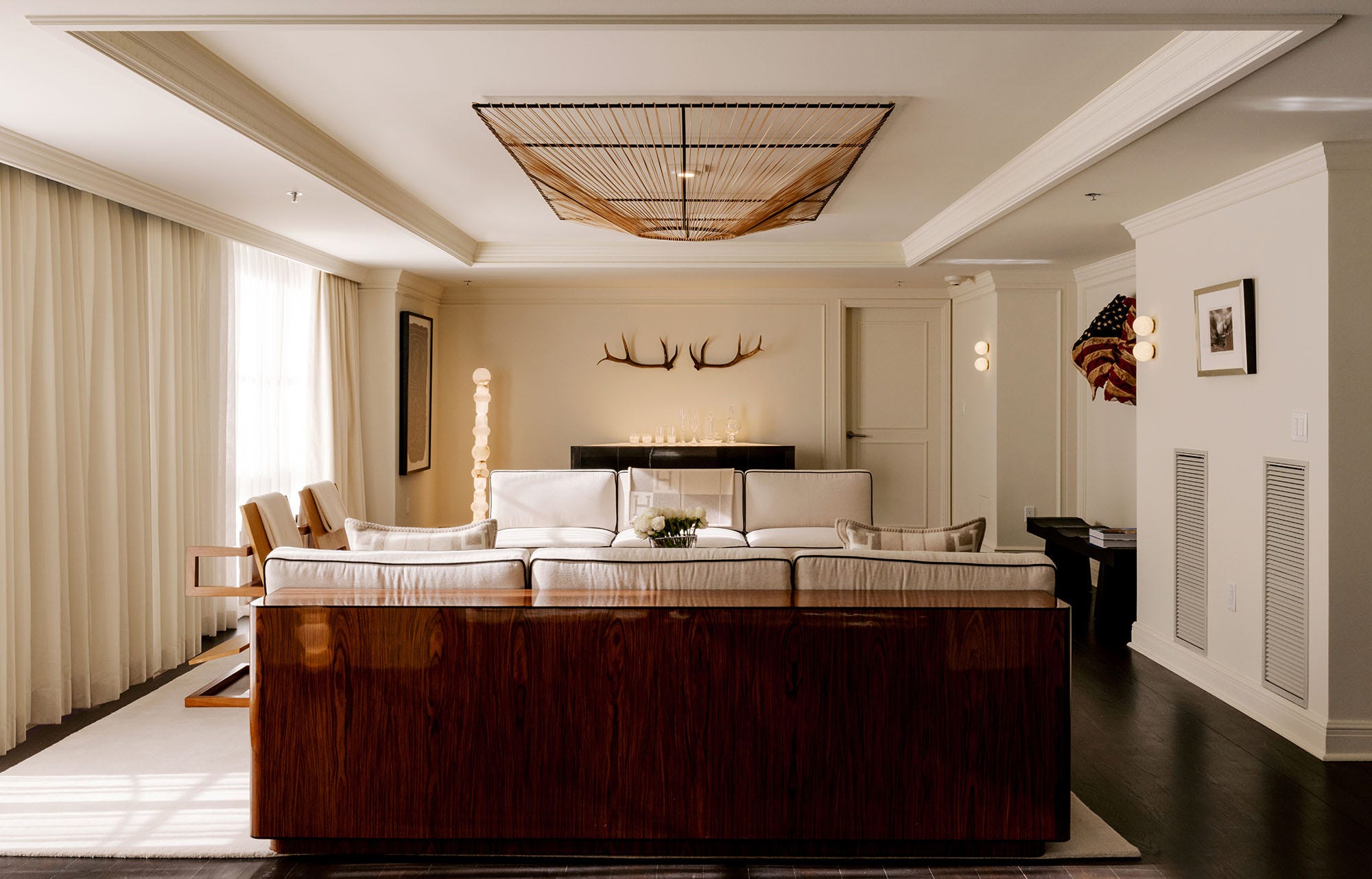Ever witness alchemy in action? Stand before Louis Comfort Tiffany’s Landscape Window, and you will. Created between 1905-1915, this masterpiece captures light in a way that transforms glass into a living, breathing scene of nature. The window, made by Tiffany Furnaces and Tiffany Studios in Corona, New York, represents the pinnacle of Tiffany’s techniques that would forever change how we perceive the possibilities of glass.
Tiffany, the son of renowned jeweler Charles Lewis Tiffany, began his artistic journey as a painter but found his true calling in glass. His revolutionary opalescent glass, patented in 1881, allowed form to be defined by the glass itself rather than by painting onto it, creating greater depth and luminosity. This departure from existing methods was initially rejected by traditionalists, but Tiffany persisted, and in doing so, elevated glass from craft to high art.
The Landscape Window uses colorless and multicolored non-lead glass, rolled sheet glass, lead cane, and copper foil to create a scene that seems to change with the passing light, just as a natural landscape would. It’s currently on view in Brilliant Color, the Corning Museum of Glass‘s new exhibition.
Brilliant Color contextualizes Tiffany’s window, among other works, within the larger chromatic revolution that swept through fine and decorative arts in the late 19th and early 20th centuries. It was a period when artists were pushing the boundaries of what glass could be.
«Consumers around the turn of the 20th century were wildly enthusiastic about colored glass,” exhibition curator Amy McHugh explains. “Glass manufacturers met that demand with extensive experimentation in the medium, resulting in bold new colors and iconic designs.”
The exhibition features over 140 works spanning from the Gilded Age to contemporary pieces, showcasing pieces from Émile Gallé, Frederick Carder, Leo Moser, and René Lalique.
The exhibition unfolds across four curated sections: Spectrum of Color greets visitors with a dramatic large-scale installation of glass objects arranged in rainbow order. Color Innovation celebrates designers who developed previously unseen colors and techniques—like cameo-carved glass, heat-sensitive pieces that change color when handled, glass made to imitate stones like malachite and rose quartz, and the iridescent glass that became synonymous with the era.
The Color and Light section focuses on glass that changes colors or is animated by light and movement. And the final section, Color Today, considers how contemporary artists continue to experiment with color, featuring works by fused glass artist Klaus Moje and the cast glass duo Jaroslava Brychtová and Stanislav Libenský.
Opening today, May 10, 2025, and running through January 11, 2026, this exhibition is a must-see for anyone who appreciates the intersection of art, science, and human ingenuity. Long before our era of mass production, artists and scientists collaborated to create objects of wonder that still have the power to take our breath away—here, you’ll walk away with a deeper appreciation for the human drive to transform the ordinary intro the extraordinary.

Julia Cancilla is the engagement editor (and resident witch) at ELLE Decor, where she manages the brand’s social media presence and covers trends, lifestyle, and culture in the design world. Julia built her background at Inked magazine, where she grew their social media audiences by two million, conducted interviews with A-list celebrities, and penned feature articles focusing on pop culture, art and lifestyle. Over her five years of digital media experience, Julia has written about numerous topics, from fashion to astrology.







